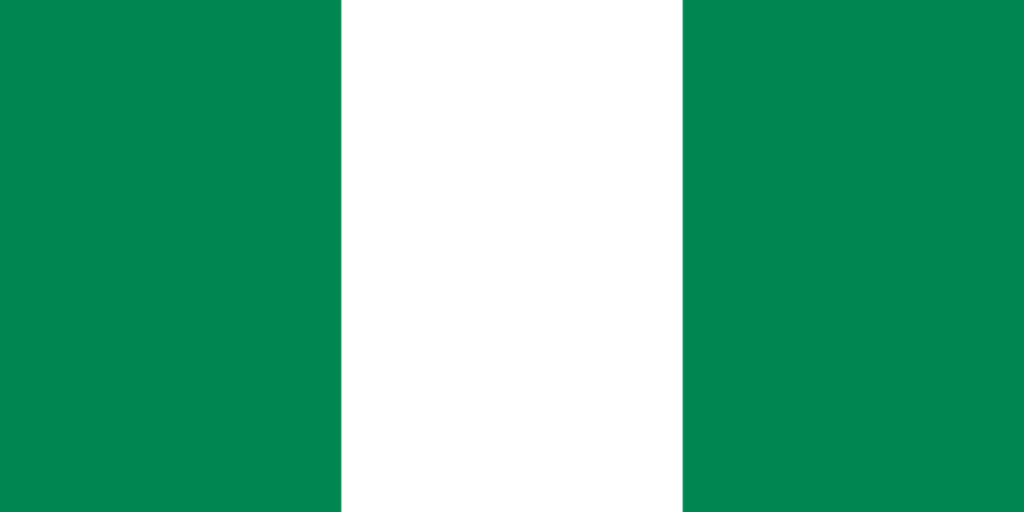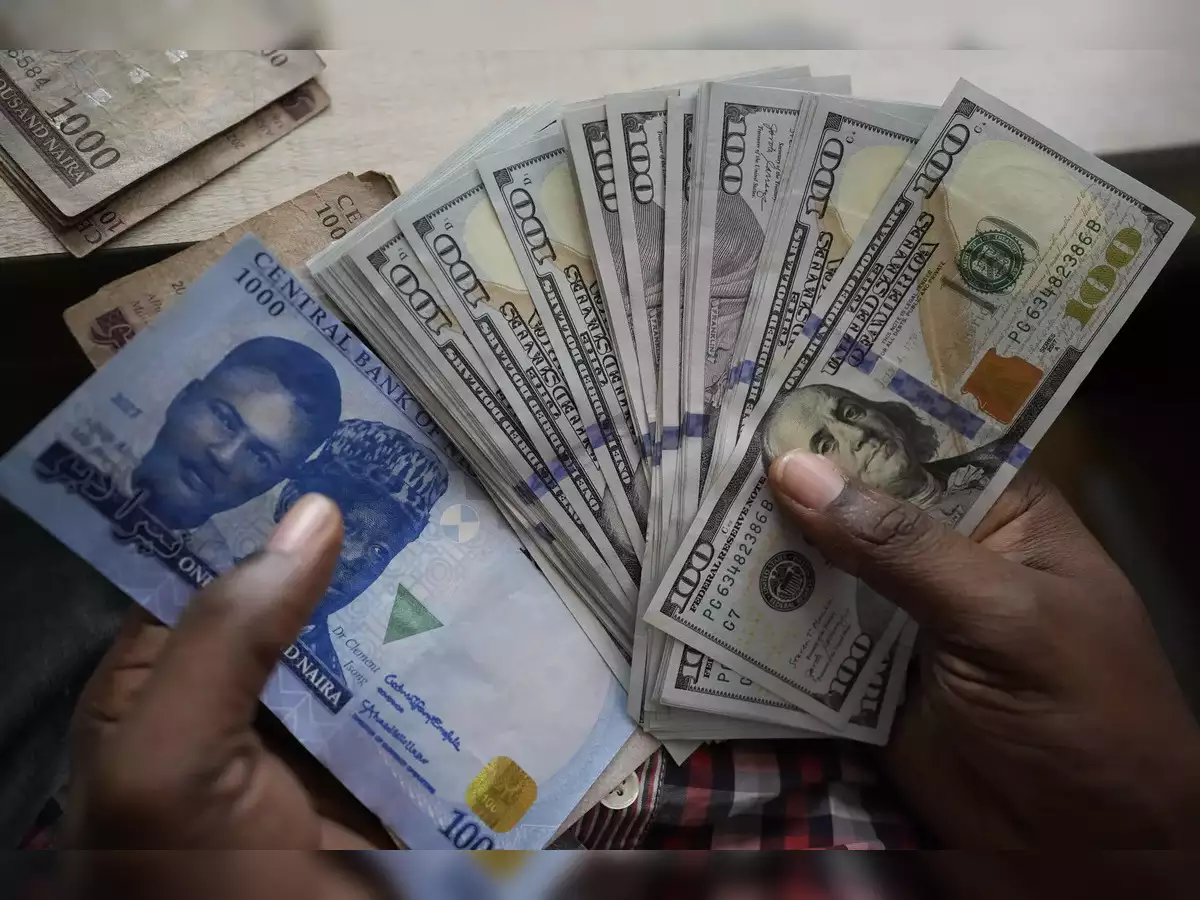Naira Currency Struggles in 2025
In 2025, the true state of Nigeria’s currency is coming into sharper focus. The naira is no longer simply a unit of exchange—it has become a symbol of the country’s economic reckoning and reform. After decades of currency manipulation, subsidised distortions, and inconsistent policy, the naira is being reshaped in real time. What is unfolding is not merely a currency fluctuation, but a national recalibration.
The election of President Bola Ahmed Tinubu in February 2023 marked the beginning of a major policy shift. Fuel subsidies were removed, and the naira was allowed to float more freely—decisions that were both economically necessary and politically risky. The consequences were immediate and severe: petrol prices quadrupled, food inflation soared by over 80%, and the naira depreciated from ₦460 to nearly ₦1,500 per US dollar within two years.
These developments intensified the economic strain on Nigerian households and deepened poverty across the country. Inflation closed 2024 at a staggering 35%, and although it declined to 24.5% in early 2025—partly due to adjustments in consumer price index methodology—the underlying cost-of-living crisis remains acute. Many citizens, understandably, have come to associate these reforms with hardship.
Yet amid the turbulence, a less visible transformation is taking place—one that may prove foundational to Nigeria’s long-term economic stability. The naira’s devaluation, while painful, has corrected years of artificial overvaluation that undermined exports, widened the trade deficit, and discouraged foreign investment. Today, the currency is more aligned with economic fundamentals than it has been in decades.
This correction has brought significant benefits. Nigeria’s current account is now in surplus, capital inflows—though still largely speculative—have returned, and the Central Bank of Nigeria (CBN) has rebuilt its foreign exchange reserves to over $40 billion. The fiscal deficit has narrowed from 6.4% of GDP in early 2023 to 4.4% in early 2024, supported by improved local-currency revenues from oil, customs duties, and corporate taxation.
These are important macroeconomic gains, but they are not yet matched by a restoration of confidence in the naira itself. According to Aminu Gwadebe, President of the Association of Bureau De Change Operators of Nigeria (ABCON), the currency continues to suffer from deep-rooted mistrust. Recent appreciation—from ₦1580 to ₦1545 per dollar—has been driven not by renewed confidence or stronger fundamentals, but by CBN interventions and a temporary decline in forex demand.
This lack of confidence is both a psychological and institutional challenge. Years of volatile policy, unclear regulatory frameworks, and speculative activity have left market participants wary. The Bureau De Change segment—responsible for retail forex liquidity—has been strained by rising compliance costs, limited access to official channels, and shifting regulatory demands.
The temptation to strengthen the naira further is real, particularly in light of elevated inflation and growing public pressure. However, many economists caution that allowing the currency to appreciate prematurely would risk undoing recent competitive gains. Nigeria’s economy, still struggling to attract meaningful foreign direct investment, cannot afford to compromise its newfound pricing advantage.
Moreover, systemic inefficiencies remain unresolved. The monetary transmission mechanism is weak: the CBN’s benchmark interest rate stands at 27.5%, but deposit rates in commercial banks average less than half that figure. This disconnect reduces the effectiveness of monetary policy and limits financial inclusion. Simultaneously, public revenues remain dangerously low—below 10% of GDP, among the lowest in the world—constraining the government’s ability to respond to inflation and fund development.
To sustain progress and build durable confidence in the naira, several imperatives must be met. First, Nigeria must preserve a competitive exchange rate. Attempts to artificially strengthen the naira may offer short-term relief, but risk long-term instability. Second, the government must raise domestic revenue, allowing for more fiscal flexibility without resorting to inflationary financing. Third, reforms must be communicated clearly and consistently to reduce speculation and panic.
Ultimately, the restoration of the naira’s credibility will depend not only on economic metrics but on trust—trust in institutions, in policy continuity, and in a vision that prioritises long-term development over short-term convenience. The challenge ahead is not whether the naira can stabilise numerically, but whether it can regain its role as a reliable and respected instrument of economic exchange.
In 2025, Nigeria stands at a crossroads. The reforms of the past two years have laid the groundwork for a more resilient economy. But without policy discipline, structural reform, and public engagement, those gains may prove fleeting. The naira may be more competitive today, but it is not yet whole. Rebuilding it—fully and credibly—requires the political will to stay the course and the institutional strength to withstand inevitable pressures.
Only then can the naira become not just a measure of value—but a reflection of Nigeria’s economic maturity and future potential.
Source: Nairametrics | Chatham House


